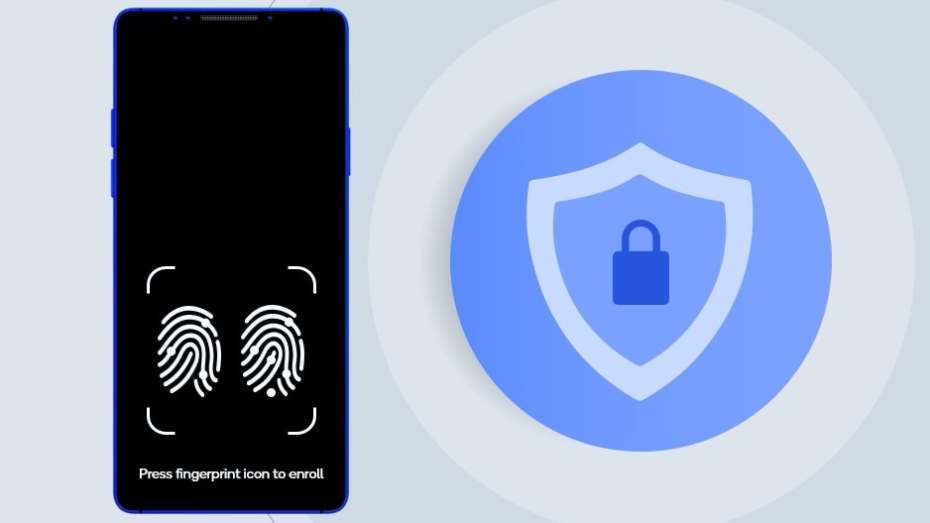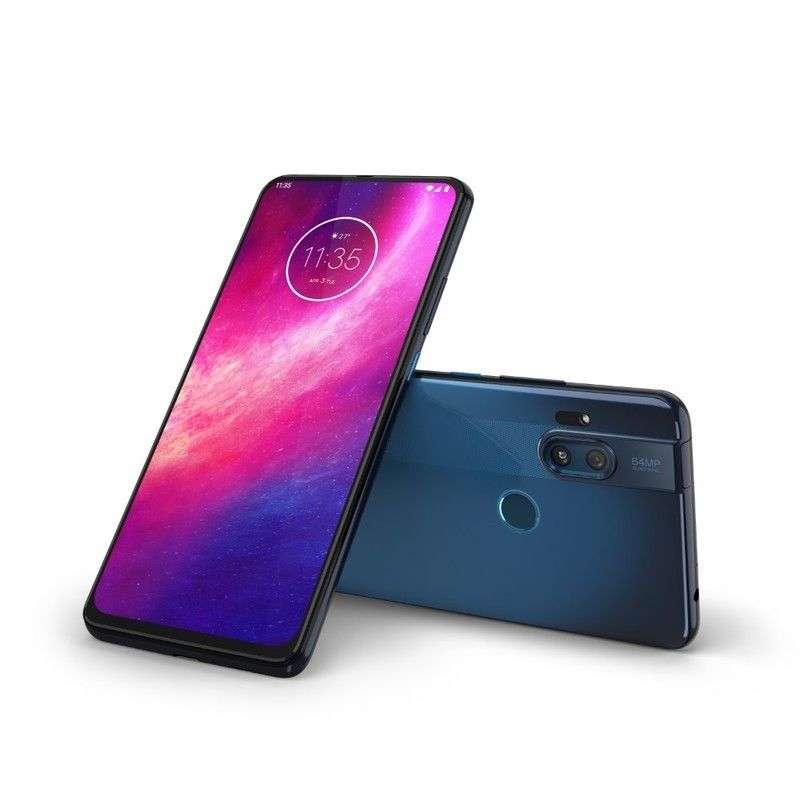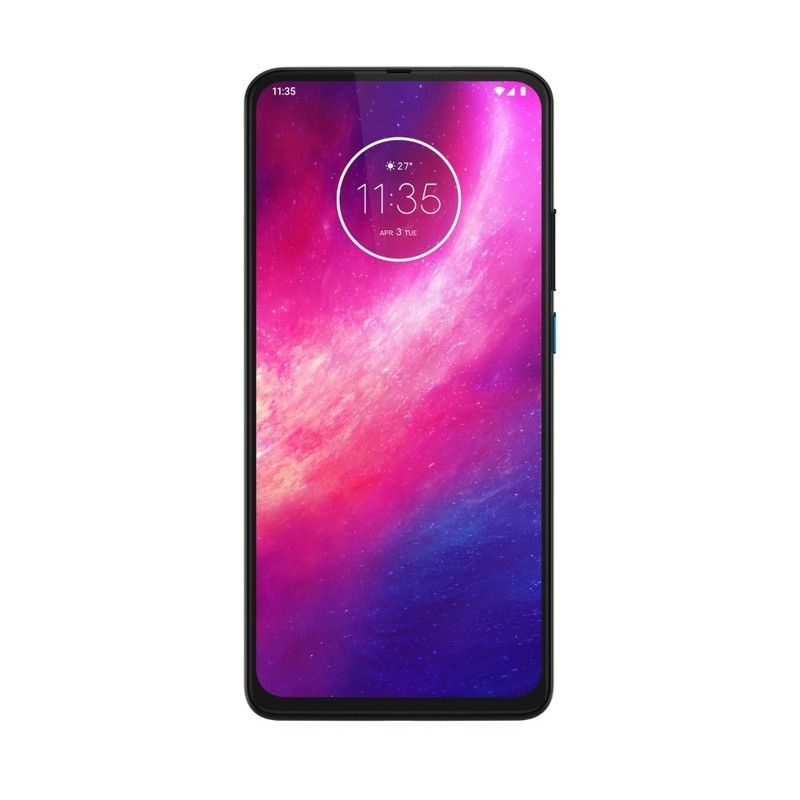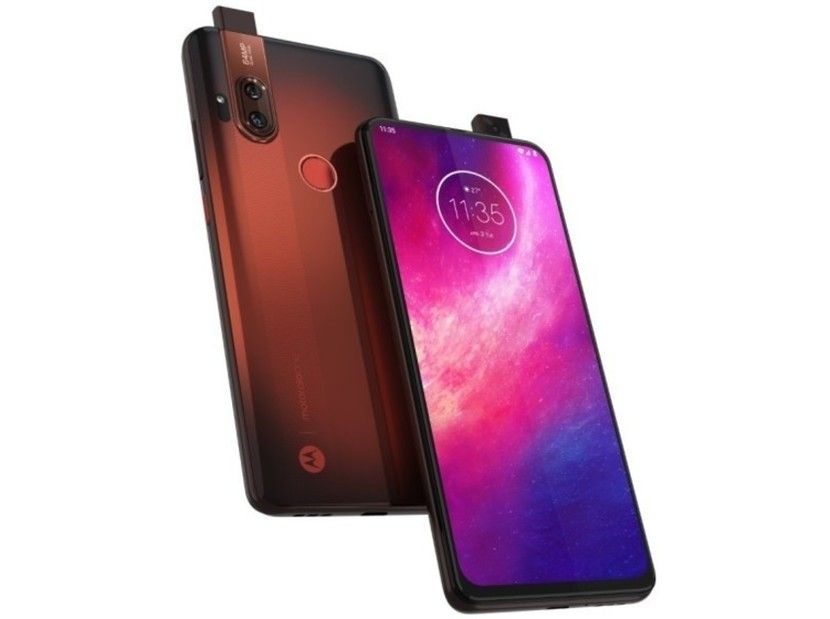During the first day of their annual Snapdragon Tech Summit, Qualcomm unveiled the names and logos of its 3 new SoCs. The Snapdragon 765 and 765G join the Snapdragon 730 and 710 in the upper mid-range tier of Qualcomm’s chipsets, while the new Snapdragon 865 succeeds the Snapdragon 855 as Qualcomm’s premium mobile SoC. In addition, the company announced a new version of its ultrasonic under-display fingerprint sensor technology: 3D Sonic Max.
Snapdragon 865 and Snapdragon 765 Teased



Logos for Qualcomm’s 3 new mobile platforms.
At the keynote event for day 1 of the Tech Summit, Alex Katouzian, SVP and GM of mobile at Qualcomm, announced that the Snapdragon 865 can be paired with Qualcomm’s Snapdragon X55 modem for 4G and 5G connectivity. The advantages of the newer X55 modem over the older X50 modem include being manufactured using a newer, more power efficient process, higher theoretical download and upload speeds, support for standalone (SA) networks in addition to non-standalone (NSA), support for mmWave and sub-6GHz in FDD frequencies, and more bandwidth at sub-6 GHz frequencies. We can expect to see most 2020 Android flagship smartphones utilizing the Snapdragon X55 multi-mode modem along with the new Snapdragon 865. Xiaomi confirmed the upcoming Mi 10 will utilize the Snapdragon 865, while OPPO also confirmed that an upcoming smartphone, likely the Reno3 Pro 5G, will launch in Q1 2020 with the new chipset.
Although Qualcomm announced that the Snapdragon 765 and 765G bring “integrated” 5G connectivity (meaning the modem is integrated into the SoC), they did not disclose more details on the modem. Qualcomm had previously announced than an upcoming Snapdragon 700 series (and 600 series) mobile platform will bring integrated 5G connectivity with features such as support for all key regions and frequency bands, TDD and FDD modes, multi-SIM 5G, Dynamic Spectrum Sharing (DSS), and SA and NSA network architectures. Presuming this earlier announcement pertains to the Snapdragon 765 SoC that was teased today, then, we can expect it to be manufactured using a 7nm process technology. Multiple OEMs have confirmed their intentions to utilize the new 7-series 5G platform on their devices, including HMD Global, OPPO, Realme, Redmi, Vivo, Motorola, and LG. We can expect to see product teasers this week followed by product launches later this year and early next year.
Lastly, Qualcomm also announced Snapdragon Modular Platforms based on the Snapdragon 865 and Snapdragon 765. According to Qualcomm, these “mobile platform-based modules” are designed to help carriers lower the development costs of commercializing new 5G mobile and IoT devices. So far, Verizon and Vodafone have announced support for the certification program.
More details of the Snapdragon 865 and Snapdragon 765 will be shared during day 2 of the Tech Summit.
3D Sonic Max
Last year, Qualcomm announced the 3D Sonic Sensor – the company’s ultrasonic under-display fingerprint technology. It’s used in the Samsung Galaxy S10 and Samsung Galaxy Note 10. Now, Qualcomm has announced an upgraded version of this technology. Called 3D Sonic Max, the newer technology “offers a recognition area that is 17x larger” than the 3D Sonic Sensor. This allows for better security as two fingers can be authenticated simultaneously. A larger recognition area means you’ll also have an easier time finding where to put your finger, increasing unlocking speed.
3D Sonic Max is a separate module that OEMs must license from Qualcomm to implement. The 3D Sonic Sensor did not require a specific Qualcomm SoC, though we don’t know if that’s also the case for the new 3D Sonic Max.
You can follow all the news from the Tech Summit by bookmarking our article round-up of the event or visiting Qualcomm’s Tech Summit page.
The post Qualcomm teases the Snapdragon 865 and Snapdragon 765 and announces the larger 3D Sonic Max fingerprint sensor appeared first on xda-developers.
from xda-developers https://ift.tt/2rN6CcP
via IFTTT


















